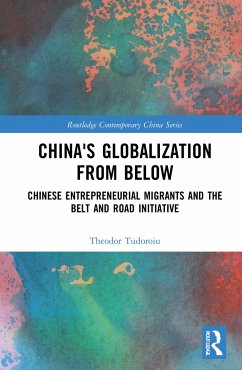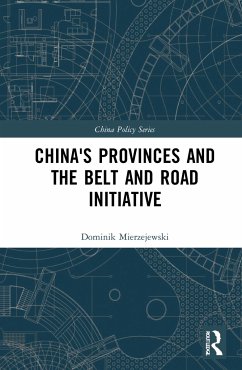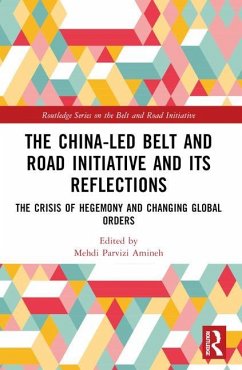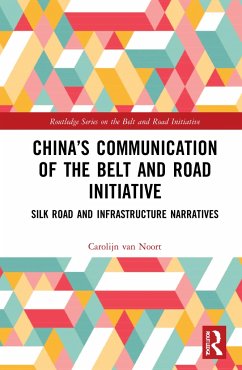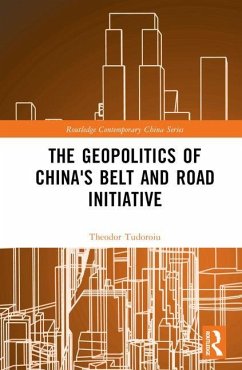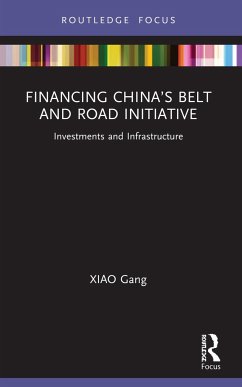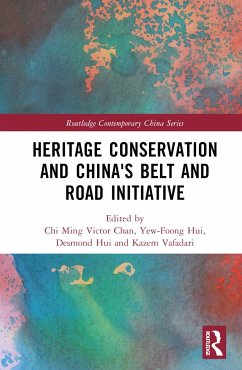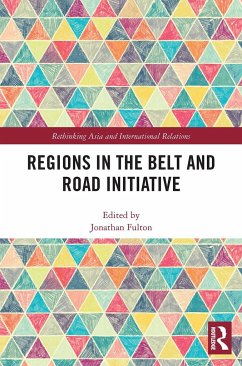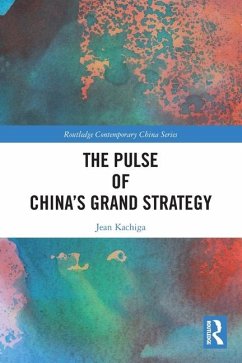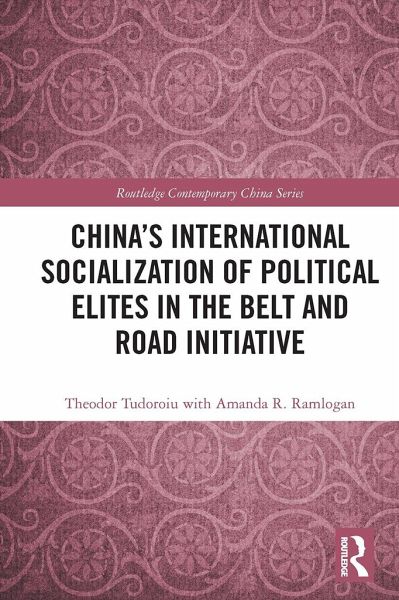
China's International Socialization of Political Elites in the Belt and Road Initiative
Versandkostenfrei!
Versandfertig in 1-2 Wochen
55,99 €
inkl. MwSt.
Weitere Ausgaben:

PAYBACK Punkte
28 °P sammeln!
This book argues that Chinaâ s international socialization of the political elites of Belt and Road Initiative (BRI) partner states is an exceptionally effective instrument of Chinaâ s current foreign policy.





